
Zoglet
Members-
Posts
126 -
Joined
-
Last visited
-
Days Won
1
Content Type
Profiles
Forums
Events
Store
Downloads
Gallery
Everything posted by Zoglet
-
-
Hey folks, sorry for replying nine months later, but as an update, finally sending the sword for shinsa. Also took new photos after more time to practice. Can't wait for the suspense to be over. All the best, Zoglet
-
I find it incredibly suspicious, especially looking at the condition of the nakago and the fact that the blade appears to be shinogi-zukuri, that the blade would be anything over 200 years-old, if even that old or unaltered. So far, I've only seen one example of a short blade in that shape, being a shinshinto Kaifu ko-wakizashi with a nagasa of 34.85 cm. I'm sorry to burst your bubble on this one. Best regards, Zoglet
-
At the end of the day, due to the low resolution of the pictures, it's difficult to tell for certain whether the straighter grain truly is masame or merely running o-hada, however, masame doesn't always indicate Yamato influence, as we also see it in examples of Awataguchi blades from the mid-Kamakura Period, namely Kunitsuna, who may have instructed Shintogo Kunimitsu on sword-crafting. As such, it may be early to jump to Hasebe Kunishige, although Markus's suggestion may indicate that Shintogo Kunishige may be an earlier form of Hasebe's work, so that lends some credence to your suggestion. Overall, I'd stay more conservative on this issue until I can more readily see the jigane on this piece.
-
Looking at the oshigata you sent, Kunishige seems a bit promising, especially looking at the "Kuni" character. A lot closer to the standard horizontal three-line radical we see in works from the Awataguchi and Rai Schools. The angle of the diagonal radical also appears correct compared to the angle of the Fujishiro Koto volume tanto (the DTI one), at least to my eye. Thanks for sharing, Lewis!
-
As an added reference, was also able to locate a mei of a ken signed "Sahyoe no Jo Fujiwara Kunimitsu" and dated to either Showa 1 or Showa 10 (mei is corroded at the date) with the similar features to the atypical Shintogo Kunimitsu mei. Photo is displayed below.
-
I completely agree. I was just replying to this comment by Michael. Thanks for commenting! Nicholas
-
I agree that seeing the TH papers for this blade would go a long way into helping us determine the legitimacy of the appraisal, alongside determining whether the "Shintogo" element is official from the NBTHK or added by the dealer. Going into another direction, I don't believe the blade is feasible for Rai. Looking at a color photo I found of the DTI Shintogo tanto, We see a very tight ko-itame hada with what appears to be minimal burls of mokume and primarily what appears to be masame. The appearance is also generally "wet" like Kunimitsu's peers in the Awataguchi School. The koshi-hi on the tanto-ura also screams Awataguchi to me, since we see that style in some tanto by Kuniyoshi and Norikuni (daito too, but in this case, we are discussing tanto). Additionally, the mei is extremely atypical for Rai-mei, as has been discussed above. I agree with you, Michael, that blades of greater rarity are of more value to me, so this work generally piques my interest, especially as an item that requires more research. Whoever ends up with this work has their work cut out for them. All the best, Nicholas
-
I agree with a protential daimei being possible in that instance, but to this day I've not seen a Kunihiro sign using anything except the typical left-handed "Kuni" mei. Even looking at this work, the same curve in the lower right radical, alongside the horizontal crown in the "Mitsu" kanji. Looking at handwriting, it almost makes me wonder whether A.Kunimitsu and S.Kunimitsu had a closer relationship than just originating from the Awataguchi School (perhaps made dai-mei for one another). Of course, this could be merely a smith I'm unfamiliar with from the Shintogo/Ko-Soshu atelier, but I can't help but admit this resemblance in writing has me a bit perplexed. Good luck to everyone in determining this blade! Nicholas
-
If I may butt in, the mei on this blade has a remarkable similarity to that of Awataguchi Sahyoe-no-jo Kunimitsu, from the lack of an s-like line in Kuni, to the wider, thinly cut square, and a slightly rounded lower right radical in the "Mitsu" kanji. Additionally, although the hamon is narrower in the Shintogo listed above, the blade does bear a resemblance to (especially in the jigane) this Awataguchi Kunimitsu signed tanto. I hope I'm not treading too far into unfamiliar waters. Just wanted to share some observations I saw looking at the mei and workmanship. Best Regards, Nicholas
-
Glad to help, man!
-
I have the nagasa, sori, and motohaba. Nagasa: 78.4 cm Sori: 1.4 cm Motohaba: 3.17 cm
-
I have closer photos, although I'd like to keep the owner anonymous, he's not protested me showing the blade. I'll send photos once I'm back home. All the best, Nich
-
I am aware of a 78.4 cm hotondo-ubu and machi-okuri hira-zukuri tachi by the Ko-Uda School. It's very likely this sword was originally an odachi when it was forged. (sword is in a private collection) Best Regards, Nich
-
19 year old on this forum. Started last year, but learned a lot since then!
-
Mogusa and Adjacent Ichinoseki Schools
Zoglet replied to Zoglet's topic in General Nihonto Related Discussion
I'll contact him later. I also heard he's got a particular love of odachi! -
Mogusa and Adjacent Ichinoseki Schools
Zoglet replied to Zoglet's topic in General Nihonto Related Discussion
Thanks, Ray! Wanted to study the so-called "origin point" of a lot of the schools of nihonto, so this is really helpful. Best Regards, Nicholas -
I've been recently studying the different schools of Mutsu Province from the Heian and Kamakura Periods, and something stuck out: the lack of information available on a lot of the work, at least from a straight Google search. What I have so far are limited to looking at genuine examples either on the market or on X.com posts of lucky owners, alongside a couple of YouTube videos. Furthermore, this article from the Ichinoseki Life publication: https://www.ichinoseki-life.com/post/mokusa-swords Can I get a more comprehensive history on the Mogusa, Hoju (Tamatzukuri), and Ko-Gassan Schools anywhere? Thank you so much for your help! Best Regards, Nicholas
-
Spoke with him. He recommended I abstain from this auction, as for smiths like Kuniyuki and the like, it is better to handle the sword in-person for an inspection. He's absolutely right, so I will instead wait for any local events (around the Philadelphia area) and look for some nice Heian/Kamakura blades (Rai and Ko-Hoki are my personal favorites, but fine pieces from side schools are also incredible). Sorry that this turned out to be a big waste of time for you guys.
-
I'm sorry. I know there's a lot here.

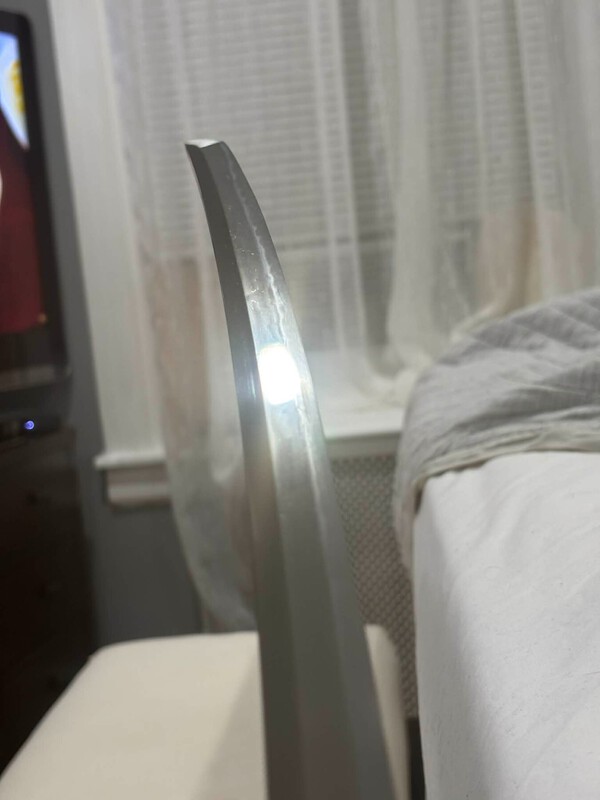





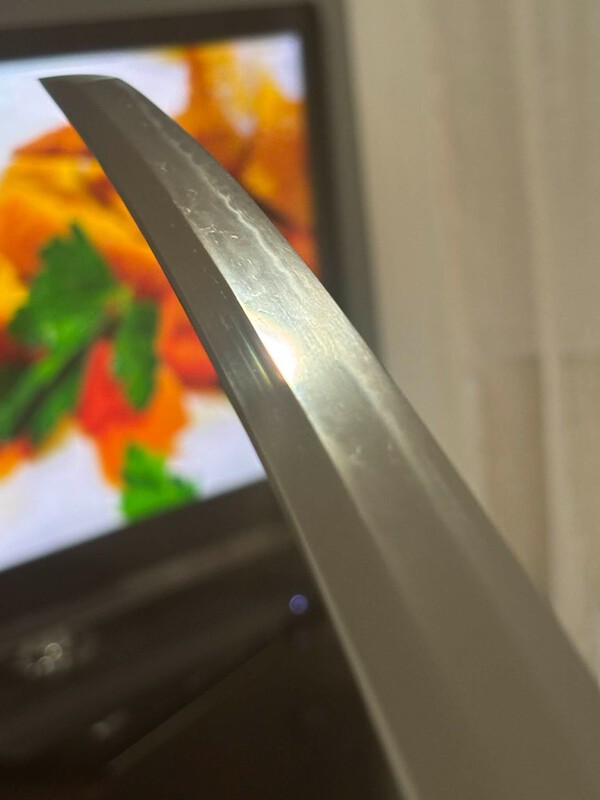










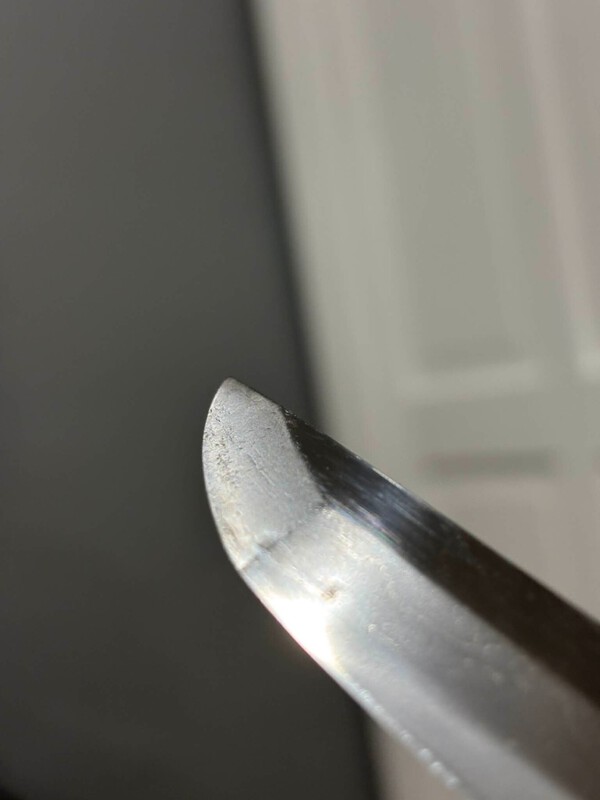

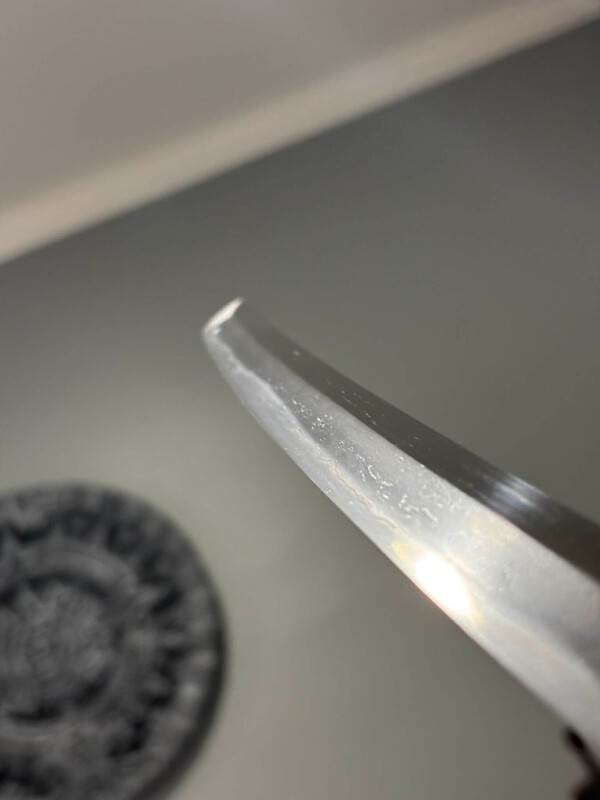
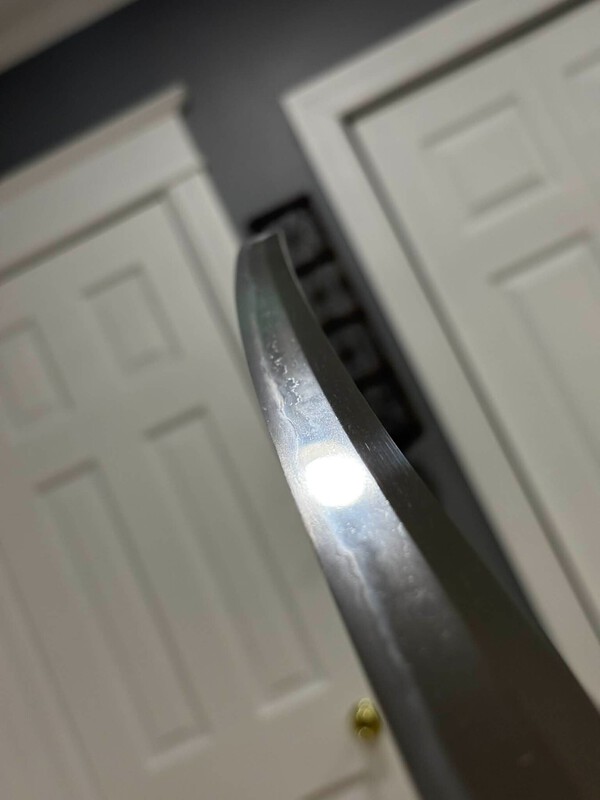

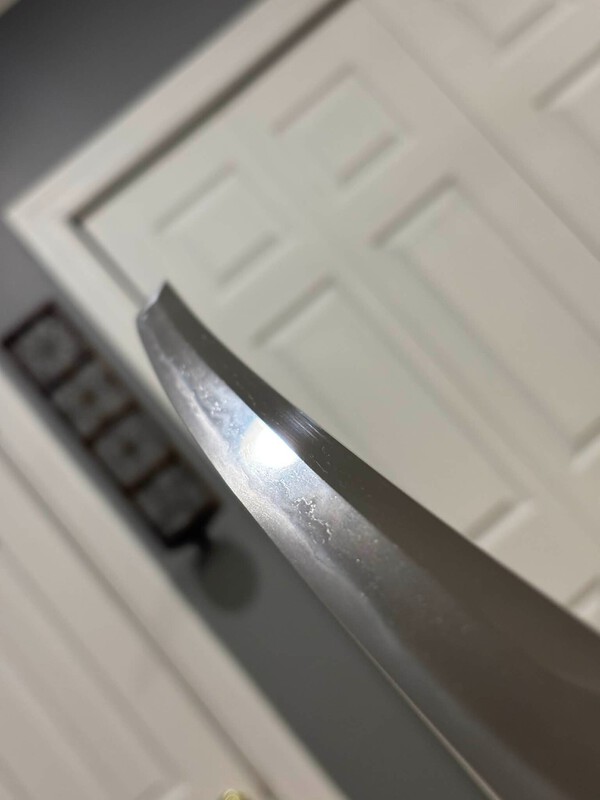




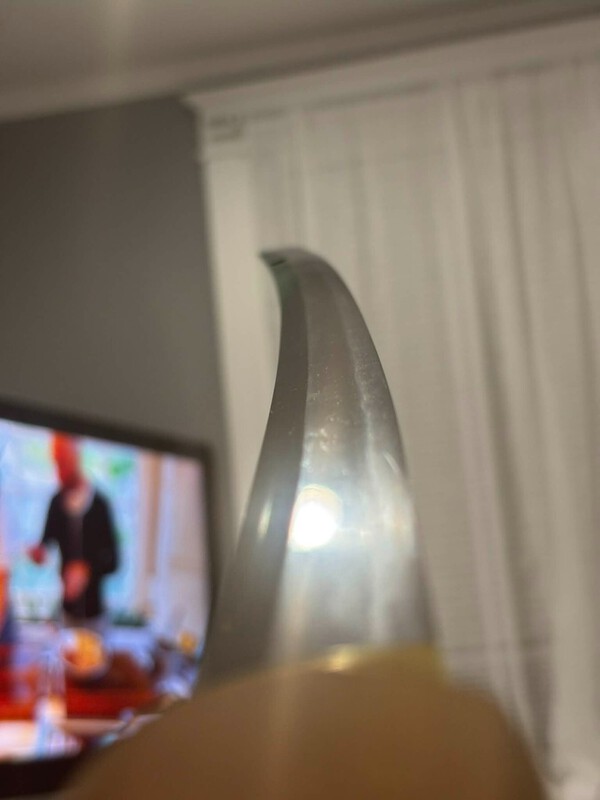

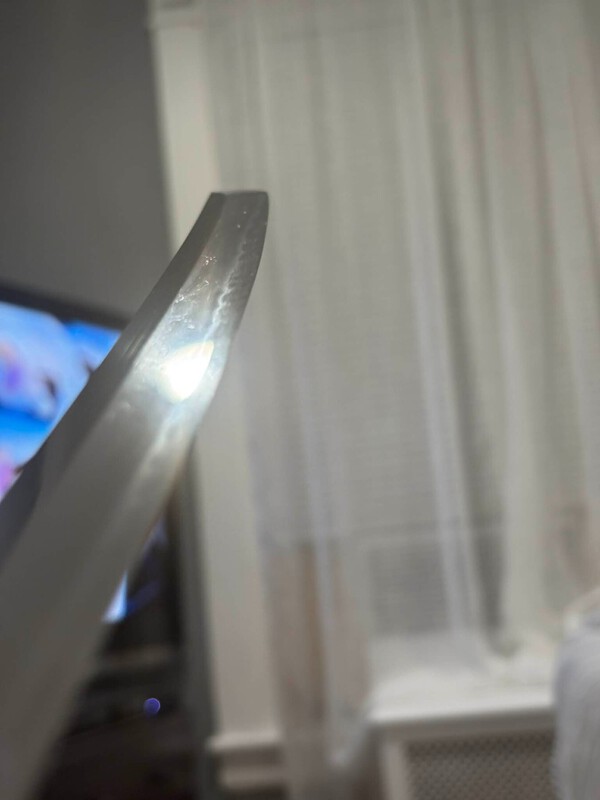



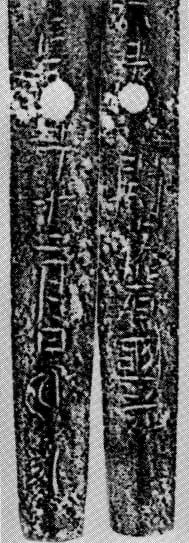
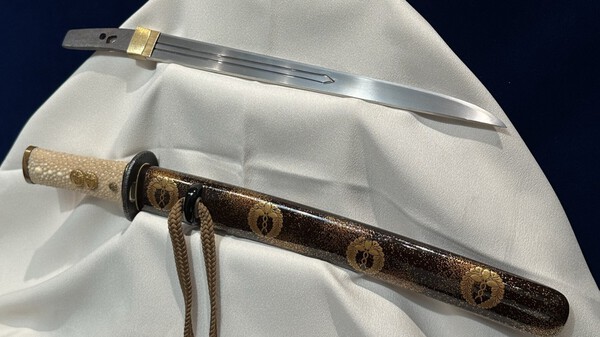
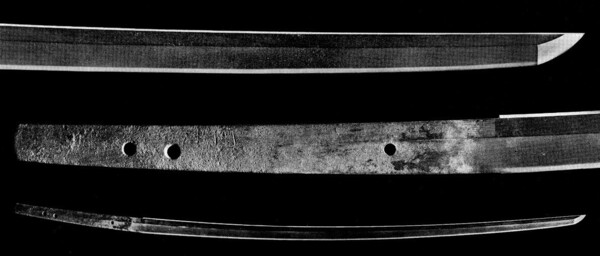
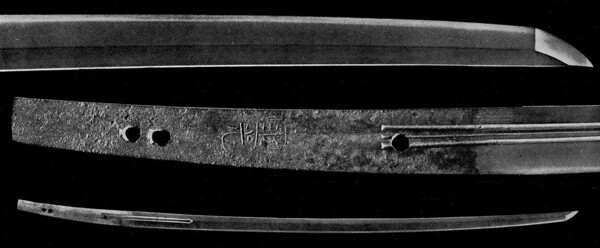
.thumb.jpg.00d3f57eed3df9b65764f951f870abf1.jpg)


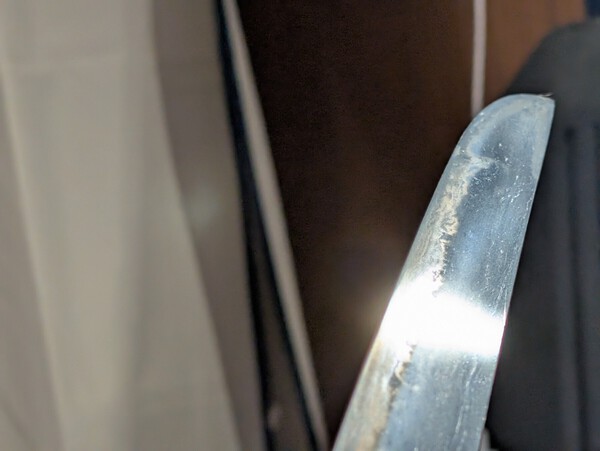
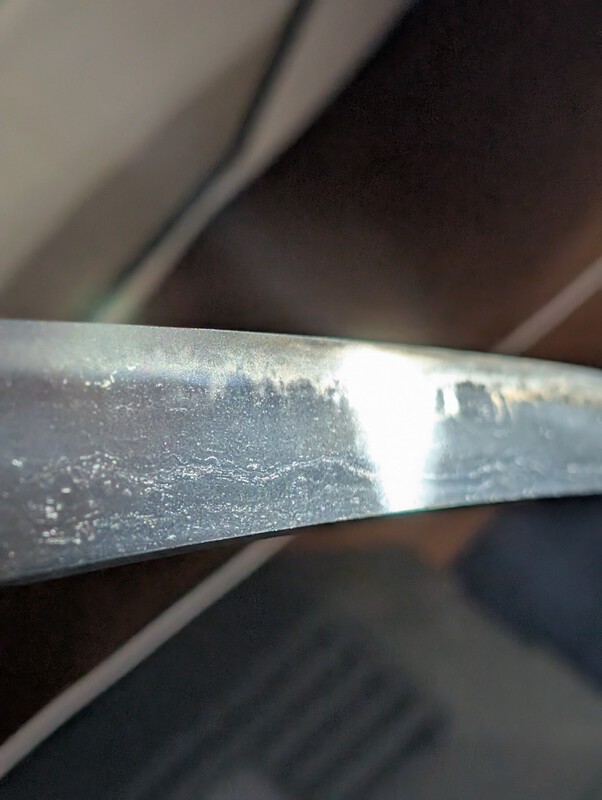

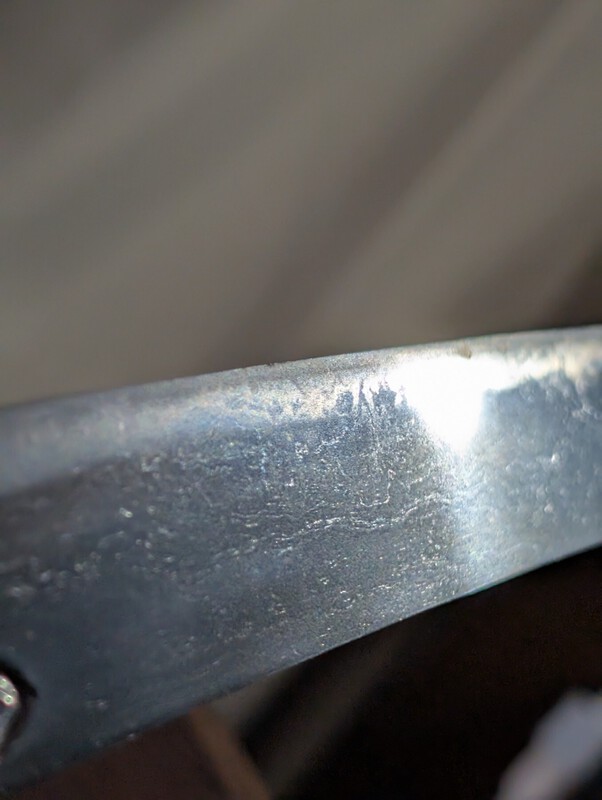
.thumb.jpg.ae406874bbe06d54295f0e9913d833c3.jpg)
.thumb.jpg.47aecf522deff6df9d24cad5cf472e6d.jpg)